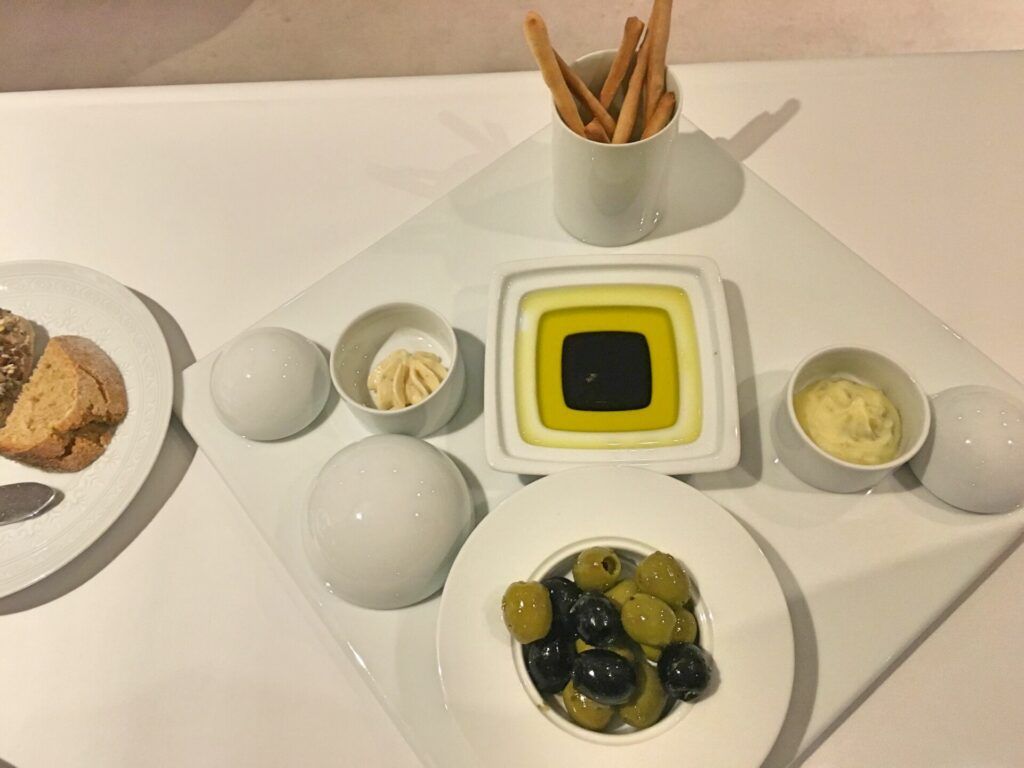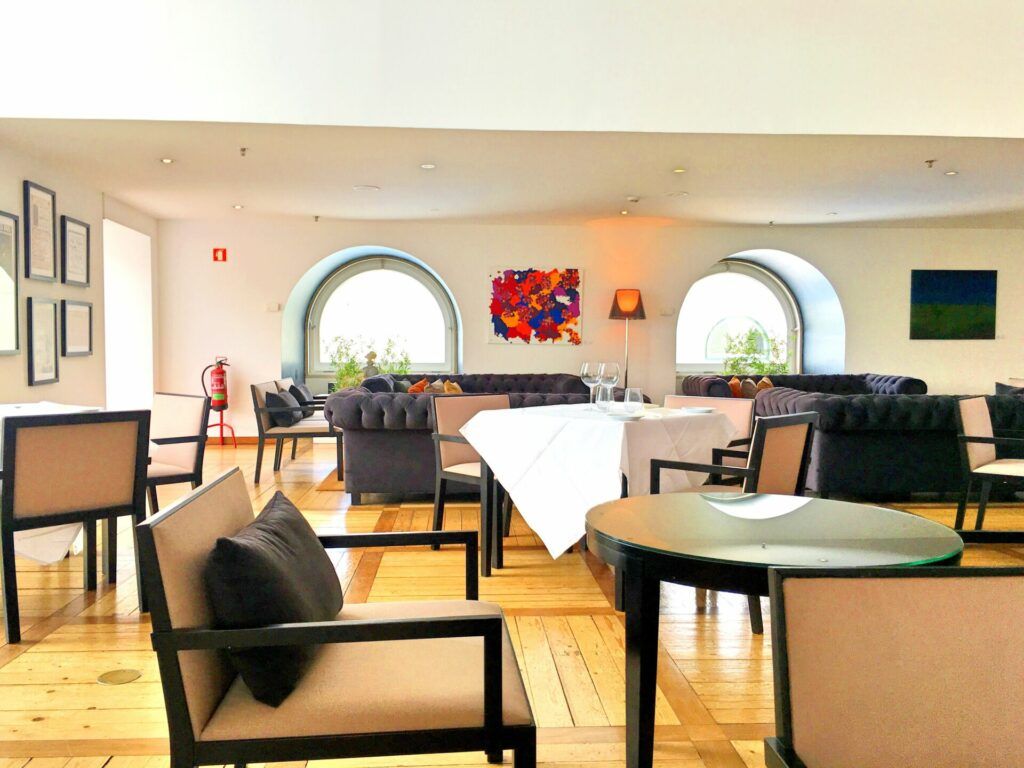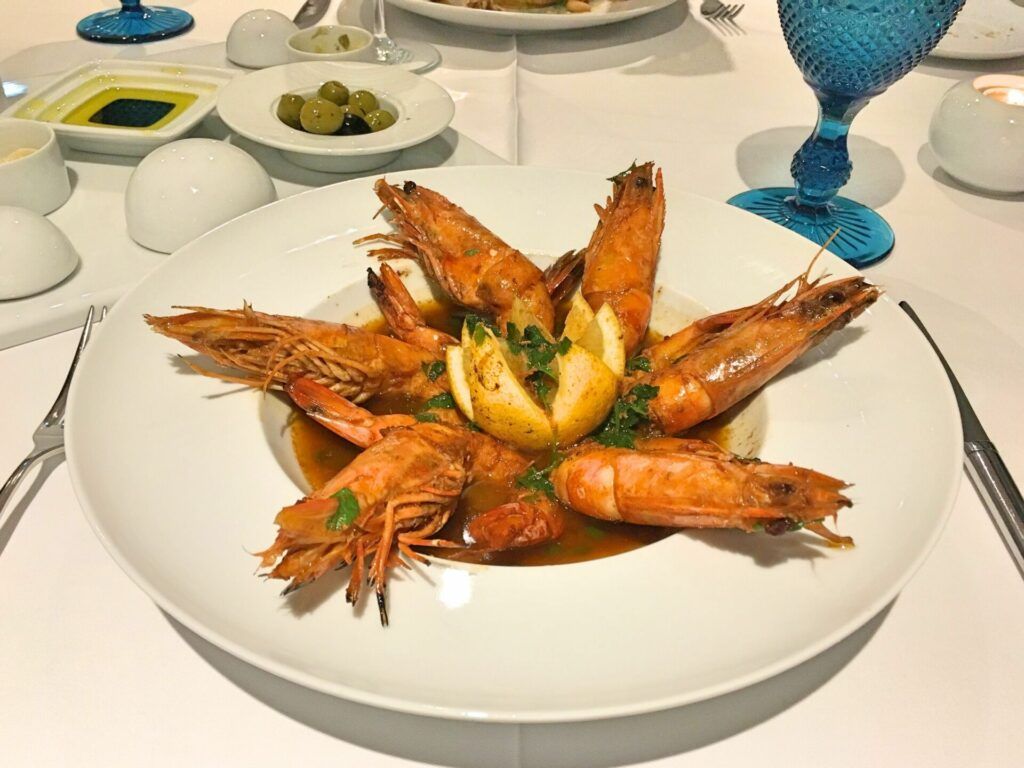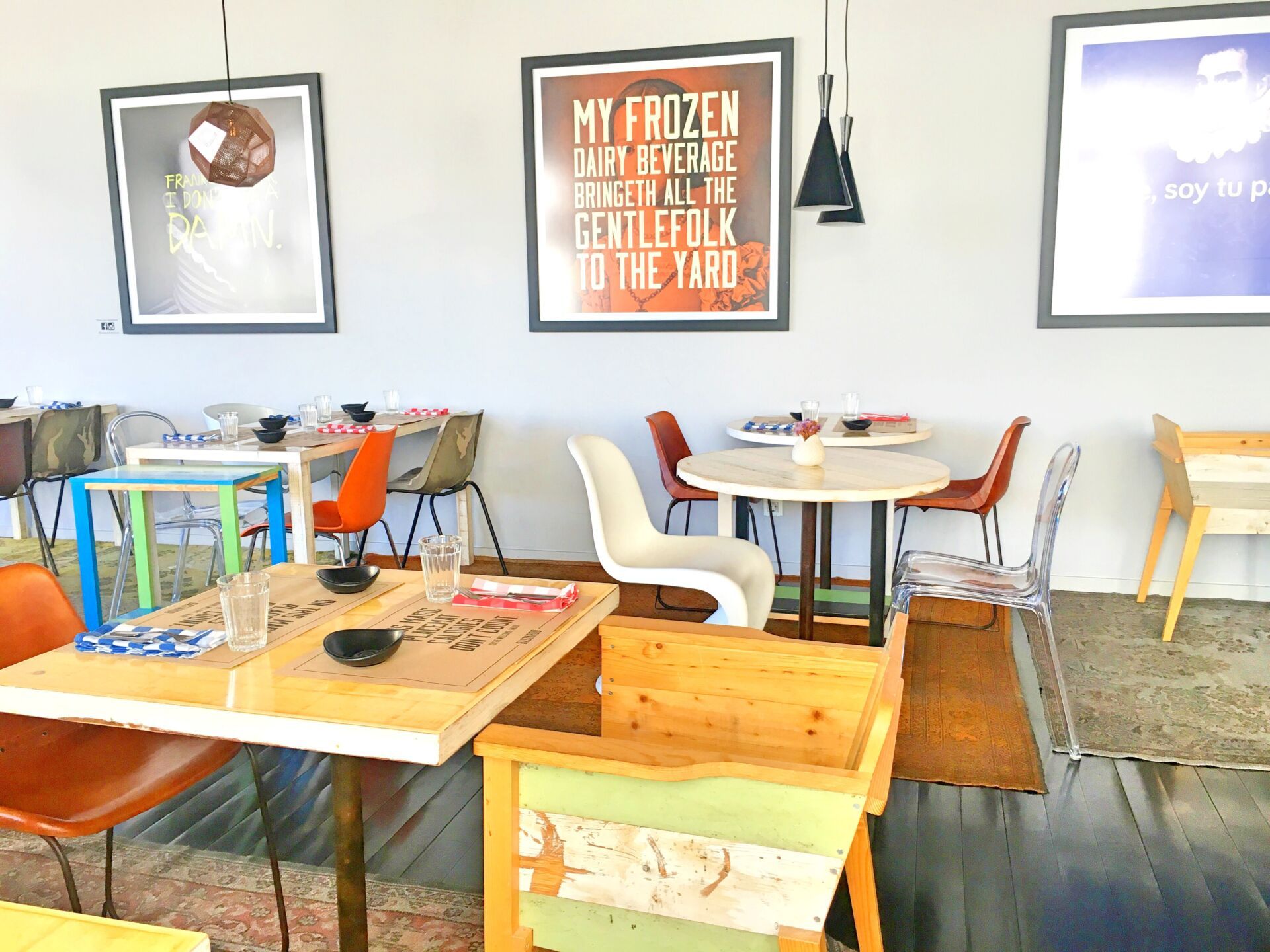It’s normal to have questions about what you should and should not do when you’re traveling – after all, customs vary from country to country. A question that I get on a regular basis, for example, what you’re expected to tip in Portugal. This question got me thinking that there’s a great deal more to know about restaurant culture in Portugal and that I needed to dedicate a post to it.
Eating out at restaurants is a big part of Portuguese culture. It’s a time for families to meet, coworkers to escape work and for friends to catch up on life. For visitors to the country, eating breakfast, lunch or dinner out is a great way to learn more about traditional food and drinks, and experience an integral part of Portuguese culture. Here are a few tips on how to enjoy the restaurant experience in Portugal.

The “Couvert”
The couvert is a term used to describe appetizers that are often placed on the table at the start of a meal. This includes bread, butter and other spreads, cheese, olives, cured meats and fritos like croquetes. Menus will inform you how much each item costs. Some menus state the couvert cost per person while others have it per item (for example, per cheese). So bear in mind that if the couvert is charged per person, if one person on the table has something, everyone gets charged for it – regardless of whether they had something or not. If you’re happy to pay for the couvert, then don’t worry about what they put down on the table – often, they’re very good and it’s a great way to sample different little nibbles. But if you don’t want a particular item (perhaps you don’t like olives or are trying to cut down on fried foods), I recommend you ask the waiter to take them away as soon as they try to set it down. That way, it avoids any confusion and extra charges on your bill at the end of the meal.
Water with your Meal
This one is particularly relevant if you’re visiting from the United States. When you sit down at a Portuguese restaurant, you’re not greeted with large glasses of ice water. If you’d like water with your meal, your only option is bottled water. Here, your options are: fresca (cold), natural (room temperature), or com gás (sparkling). You can also choose large bottles or individually sized ones. The good news is that bottled water is inexpensive compared to other countries so don’t worry about price when ordering water with your meal. It’s important to stay hydrated, especially during the summer months.

Tipping
Portuguese people don’t tip the usual 20% that Americans are used to giving their waiters and waitresses. Some restaurants already include a service charge on the bill. At those restaurants, no further tip is required. When this is not the case, it all depends on how much your meal comes to. If you have a meal that costs €100, you’ll probably want to tip anywhere between €5 and €10. If your meal comes to €20, leaving €1.50-€2 is absolutely acceptable. But remember, if you want to tip somebody 15% or 20%, it will be a very welcome and unexpected surprise and a few extra Euros will really make someone’s day. My friends and I had a meal that cost €70-something once at a restaurant that went out of their way to accommodate our group in their small venue. When we left them €100 with a tip, the smiles on their faces and their gratitude were unforgettable.
Meal Times
There’s a common misconception that Portuguese people eat as late as the Spanish and that we have dinner at 9 or 10 pm. That’s not the case. However, we certainly don’t eat as early as some other cultures. Restaurants will open between 12 and 12:30 pm for lunch, with 1 pm the most popular time to start your meal. Dinner bookings range between 8 and 8:30 pm. In fact, many restaurants don’t start serving dinner before 7 pm. It’s not uncommon to have dinner at 9 or even 9:30, especially on weekends. For families who are used to having dinner with their children at 6 pm, this isn’t going to happen in Portugal, so you may want to consider giving the kids a light lanche so they don’t get too hungry by the time Portuguese dinner is served.

Dietary Requirements & Preferences
Portugal isn’t the most vegetarian-friendly country when it comes to food. The options for vegetarians are limited but growing all the time (I recently discovered a great one in Lisbon, which you can read about here). And if you’re vegan, good luck, as a large majority of our desserts contain eggs. Still, Portuguese people tend to be quite accommodating whenever possible. Middle of the range restaurants (the one in between the very tiny ones that only serve two or three specials each day, and the fancy, upscale ones), are often very good about making adjustments to your meal if there’s something you don’t like. Say the meal is a steak with potatoes and vegetables, and you’re in the mood for a salad instead of vegetables, they will do that for you. Or if you prefer french fries instead of the potatoes, just ask. If it’s possible, they’ll do it.

Eating out in Portugal should be an enjoyable experience for you and these tips should help you make the most of it. But the most important tip I can give you is to try lots of delicious food and don’t overthink things!



In major cities, you can ask for agua de torneira (tap water) to drink rather than paying for a bottle. Getting enough fiber can be a problem when eating out so it may be a good idea to bring your favorite “Turbo-Lax” to help things move along. The “couvert” is a particular annoyance for foreigners as is the sales tax in the states.
Fortunately you can avoid the couvert but death and sales tax loom large in the US.
Thank you. That was most helpful. Brick